We left Bonn in the morning and headed for Schloss Drachenburg – a unique castle that offers an unforgettable panorama of the Rhine and the surrounding hills (Siebengebirge). The castle is built in Neo-Gothic style on the Drachenfels (Dragon Rock) hill – with an altitude of 321 meters, formed from the level of magma that could not come to the surface from the volcano, then cooled and became solid, forming the hill.
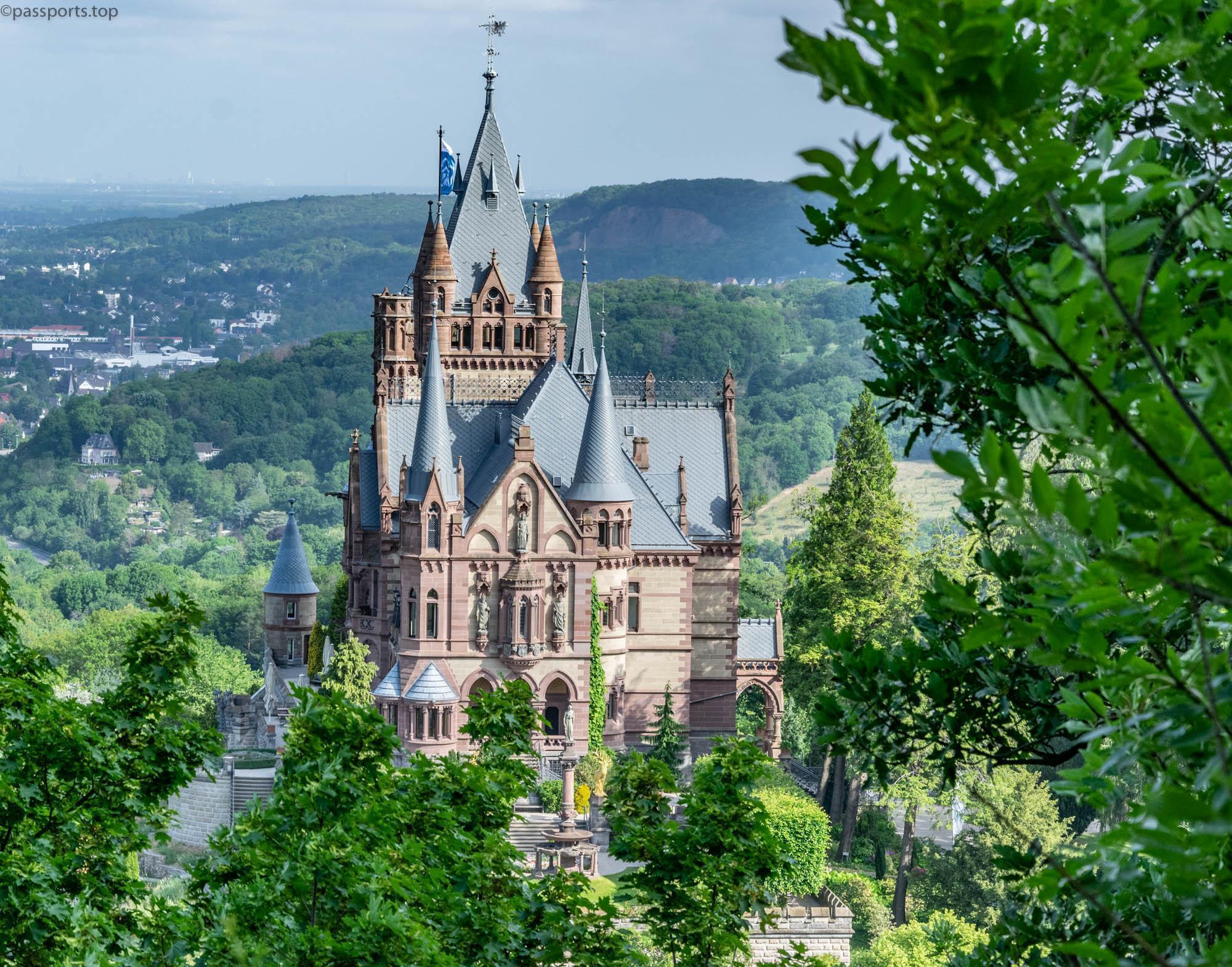
The construction lasted from 1882 to 1884, being considered “the most significant castle of the end of the 19th century in Germany”. The price of a ticket is 7€/person, and if you arrive by car, you also have to pay for parking: 3 hours – €2, 6 hours – €3, 12 hours – €4.

The ruined Drachenfels Castle was built between 1138 and 1167 on top of the Drachenfels hill , with the aim of protecting the city of Cologne from any assault from the south. Burg Drachenfels was destroyed during the Thirty Years’ War in 1634 and was never rebuilt. Due to continuous erosion, only a few remnants of the old castle remain today.
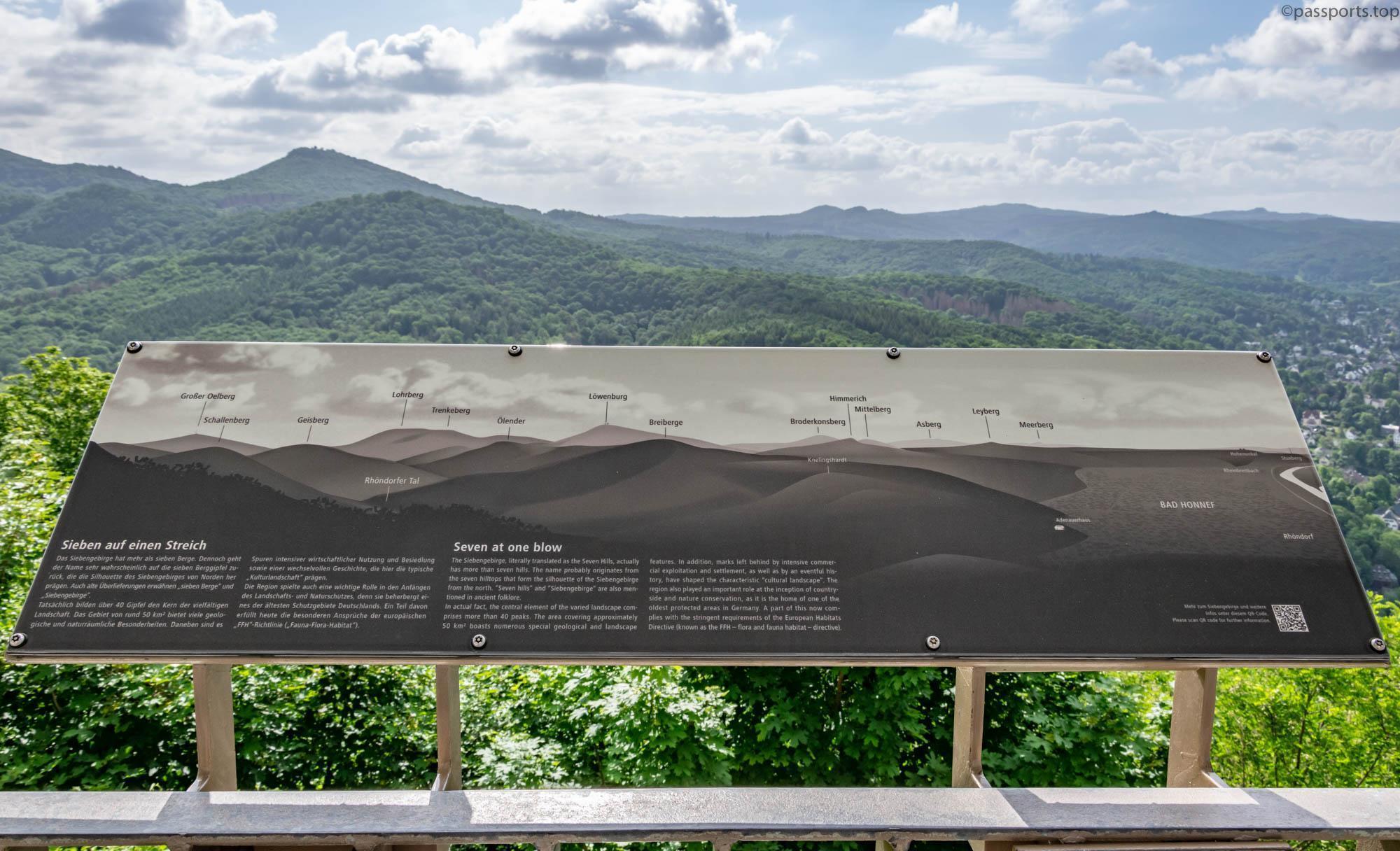
The Siebengebirge is a mountain range of volcanic origin that arose between 28 and 15 million years ago, consisting of more than 40 mountains and hills.

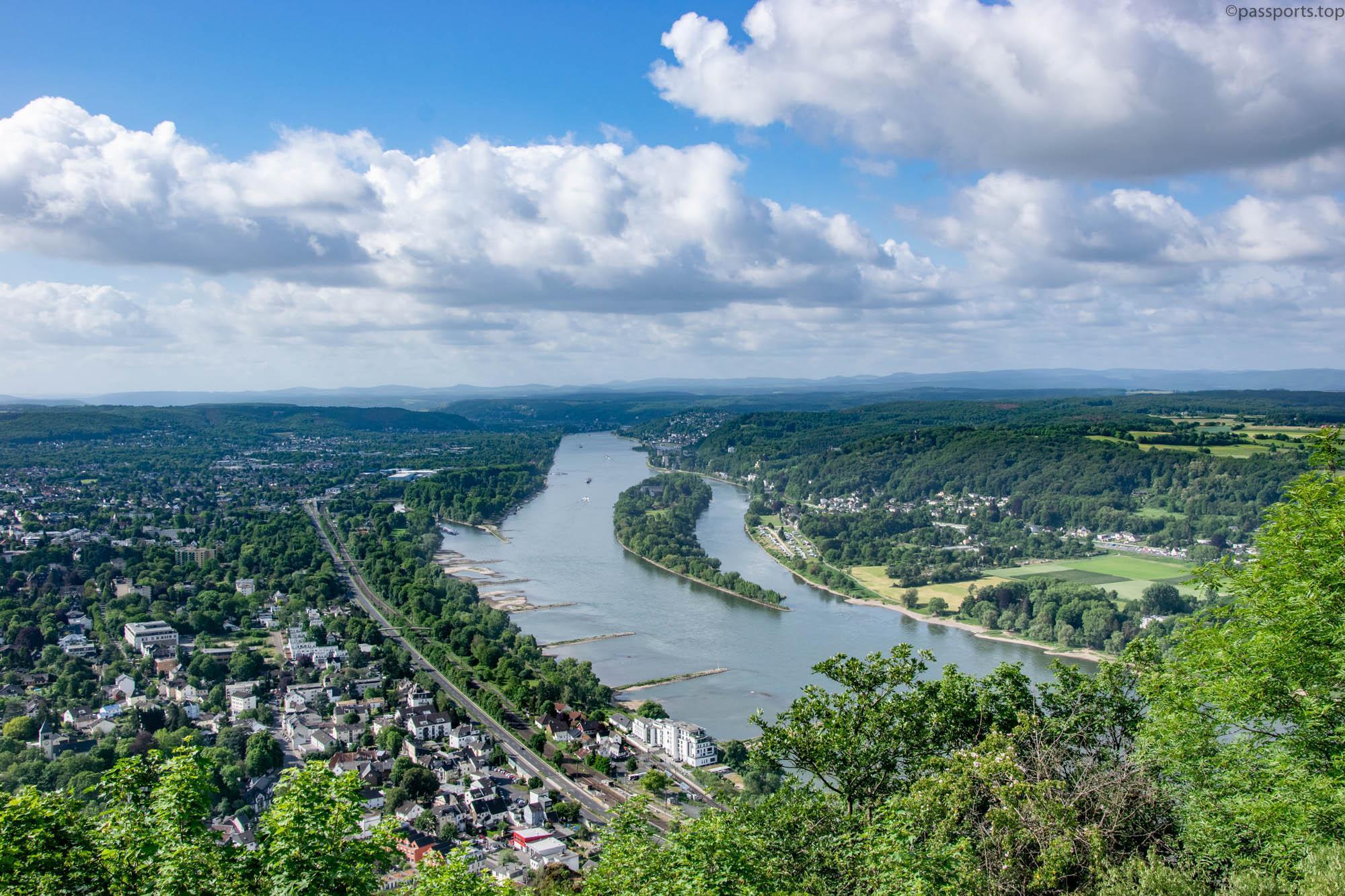
It is the largest nature reserve in the state of North Rhine-Westphalia and one of the oldest nature parks in Germany, with hiking and cycling trails, located on the east bank of the Middle Rhine (Naturpark Siebengebirge). The highest peak is Ölberg, 460 meters above sea level, and the lowest is Zickelburg – 182 meters.
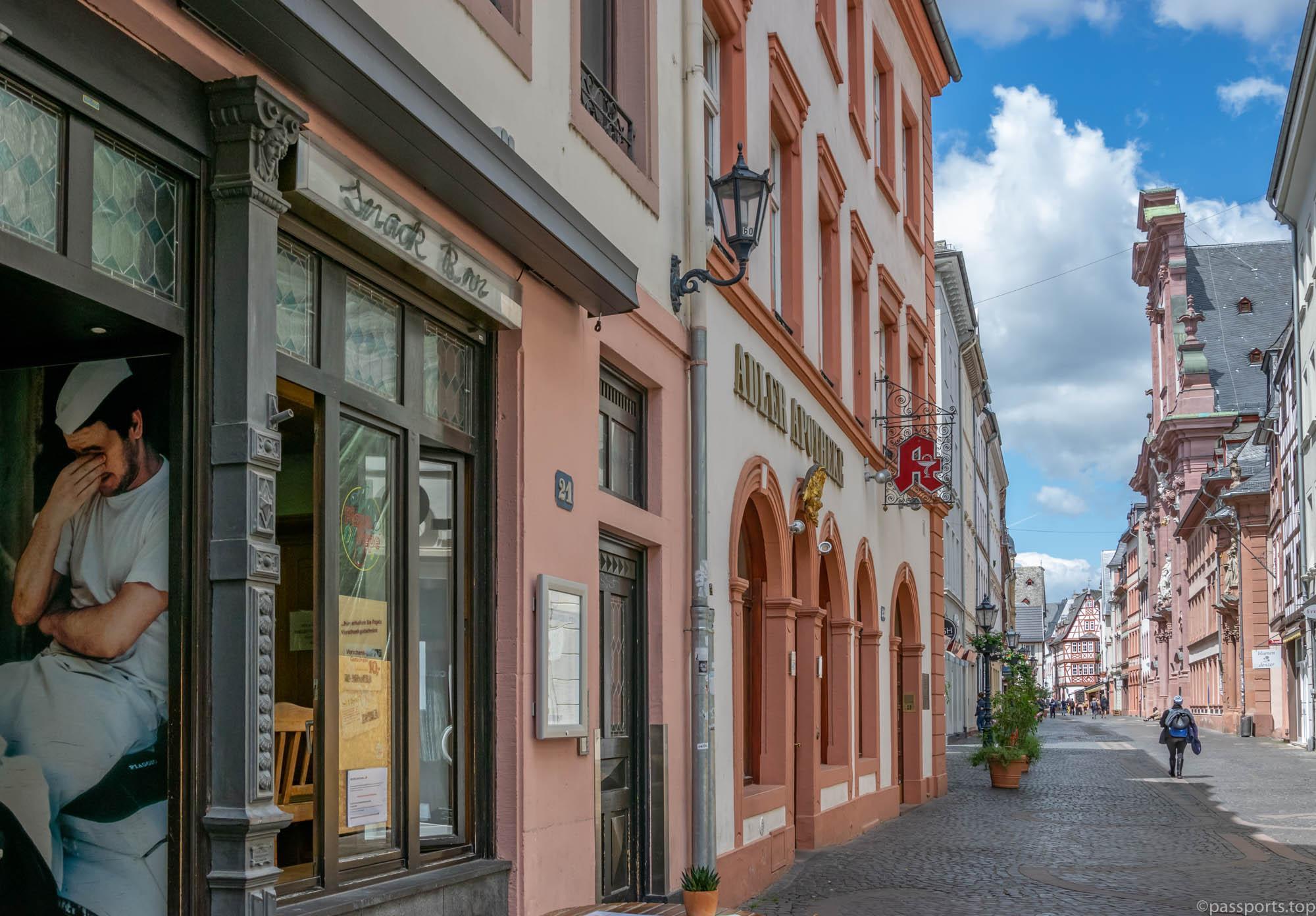
From Drachenburg Castle, we continued on our way to the city of Mainz, which is approximately 2 hours away by car (144 kilometers).
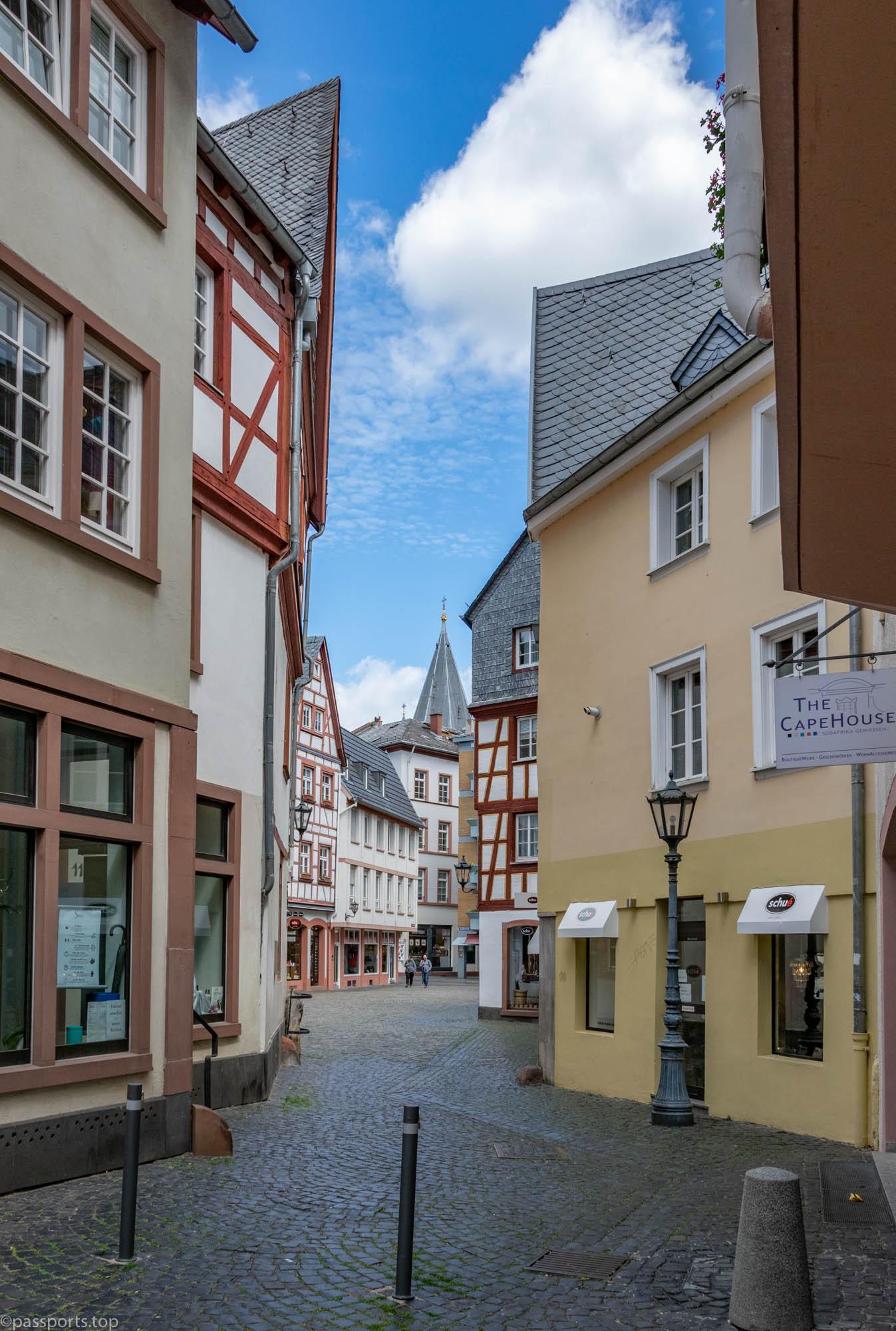
Mainz, also called the wine capital of Germany, was founded by the Romans 2000 years ago on the left bank of the Rhine and today is the capital of the state of Rhineland-Palatinate .
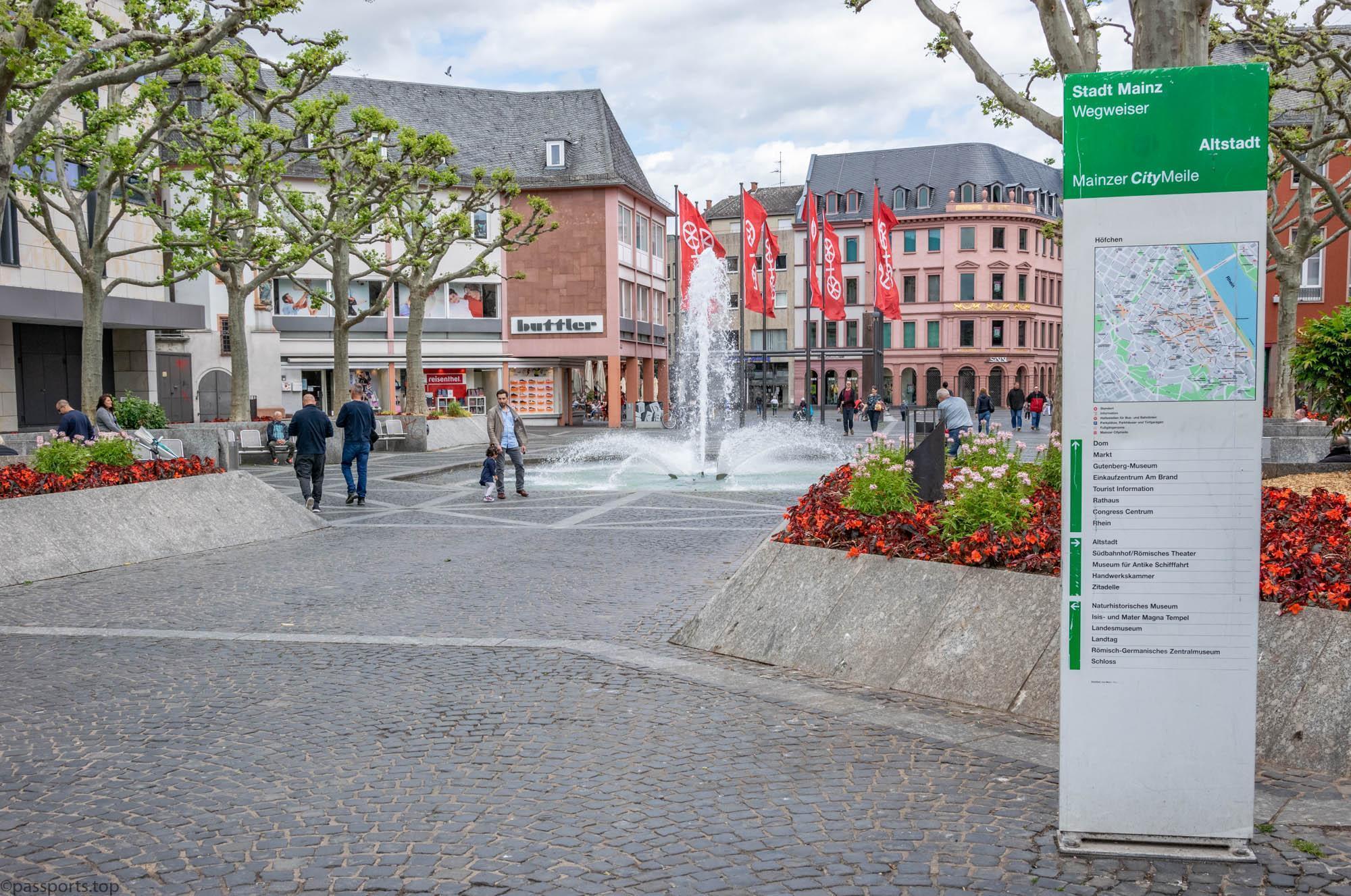
Located at the confluence of two important rivers, the Rhine and the Mainz, the city has always been an important commercial center, and as evidence of its rich history stand the old buildings and museums that best describe the story of Mainz.
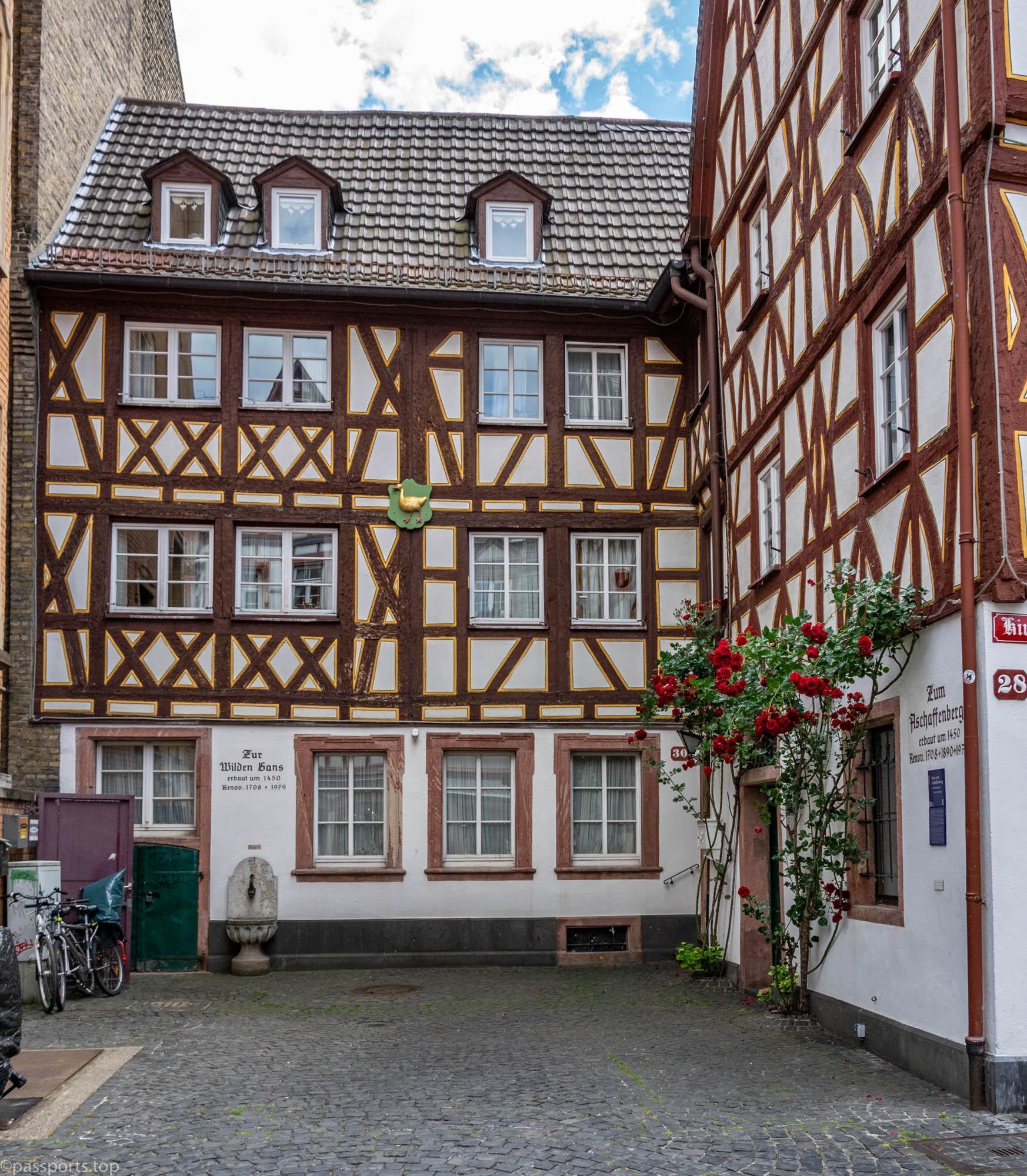
The old town (Altstadt) welcomes tourists with its narrow cobbled streets and medieval squares.
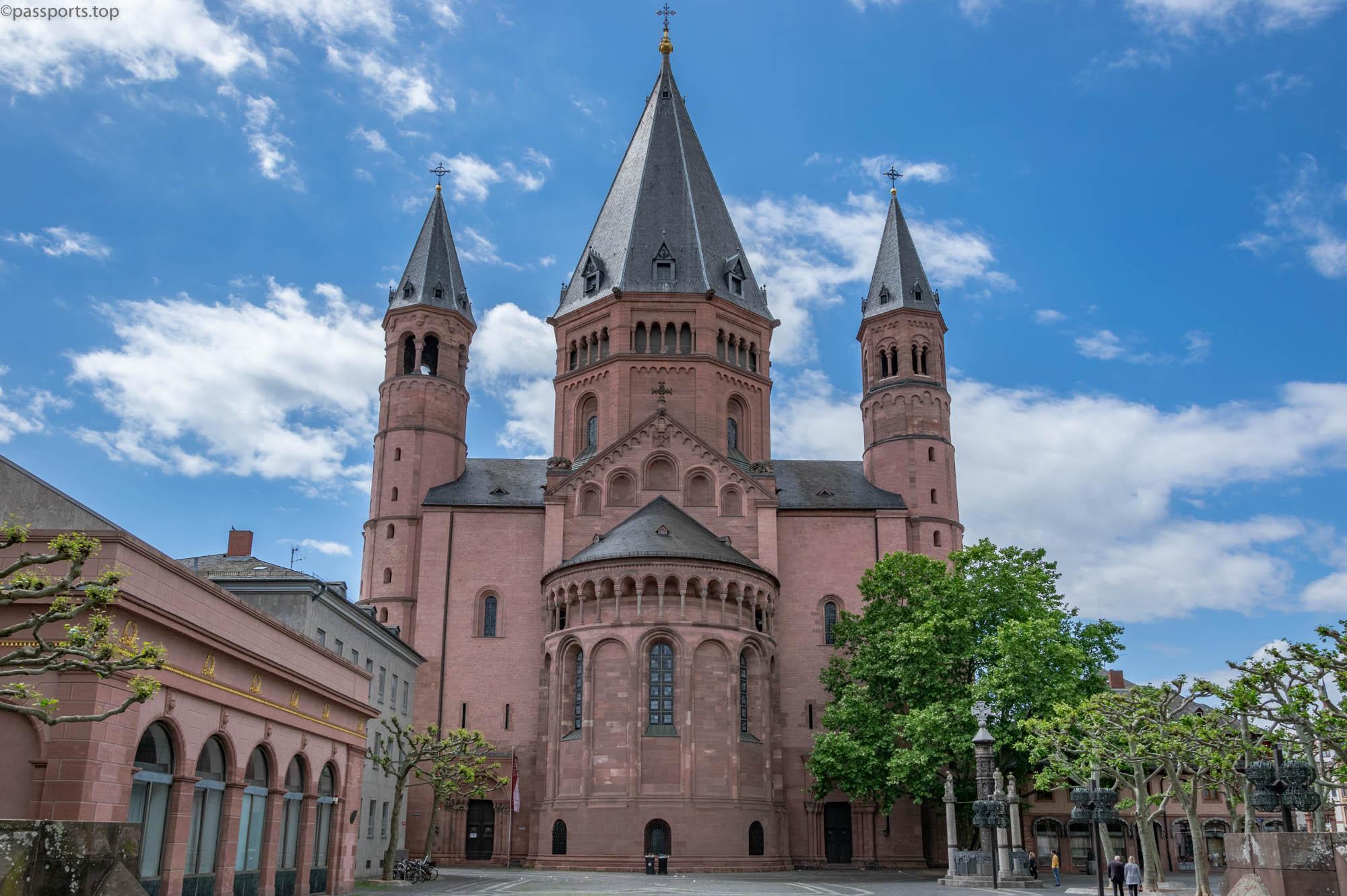
Construction of the Mainz Cathedral began in 975 AD, but most of the building dates from the 11th-13th centuries. The cathedral is predominantly Romanesque in style, but exterior additions over the centuries have resulted in the various architectural influences seen today. The interior is represented by a gallery of sculptures, monuments and tombstones dating from the 13th-19th centuries.
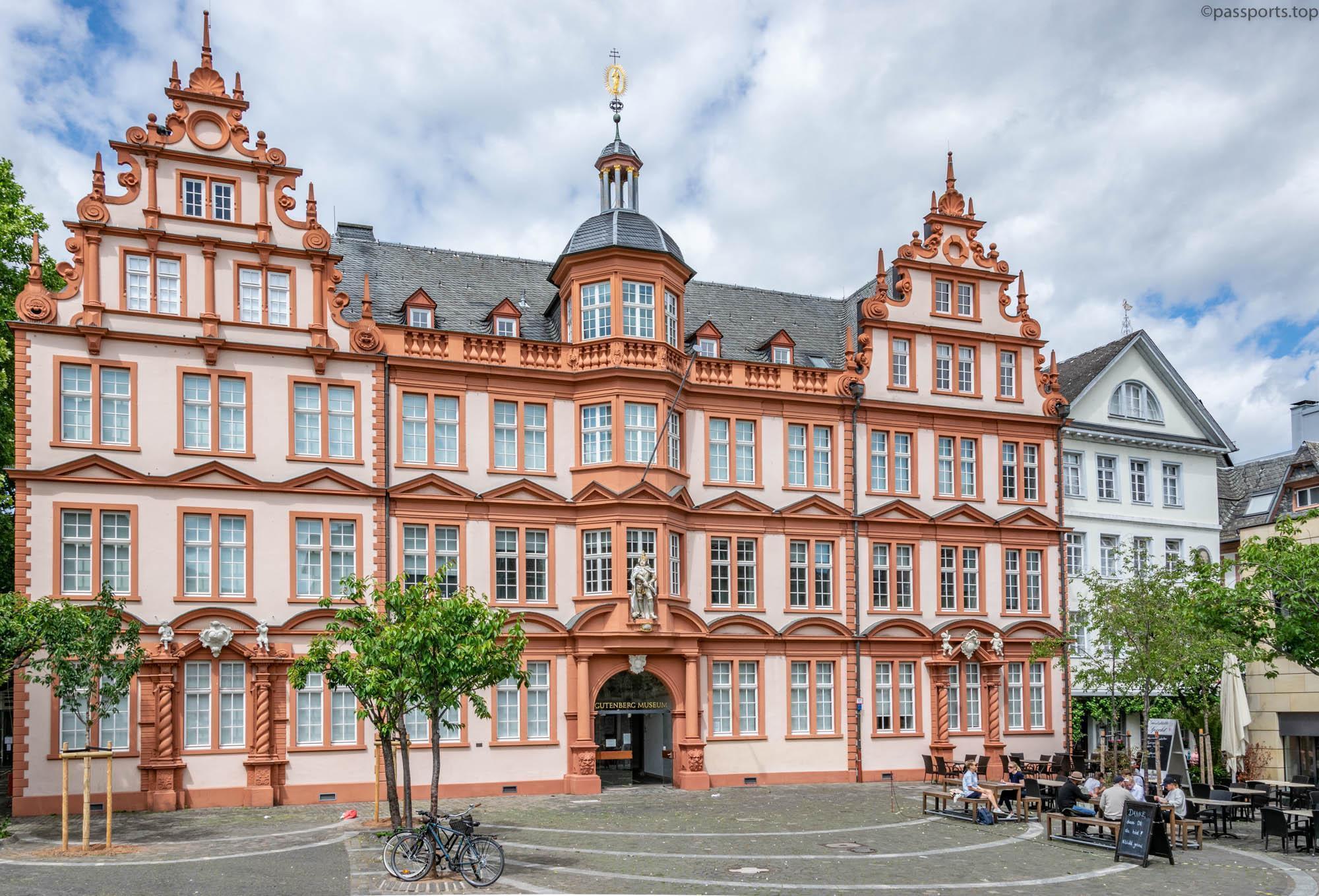
The Gutenberg Museum was inaugurated in 1900, 500 years after the birth of Johannes Gutenberg (considered to be the inventor of modern printing), and since 1927 it has been located inside the Renaissance building “Zum Römischen Kaiser” near the cathedral. The Gutenberg Museum presents the history of printing, writing and books, magazines and newspapers, among the most valuable exhibits being two original Bibles from the mid-15th century. (Ticket price: €5/person)
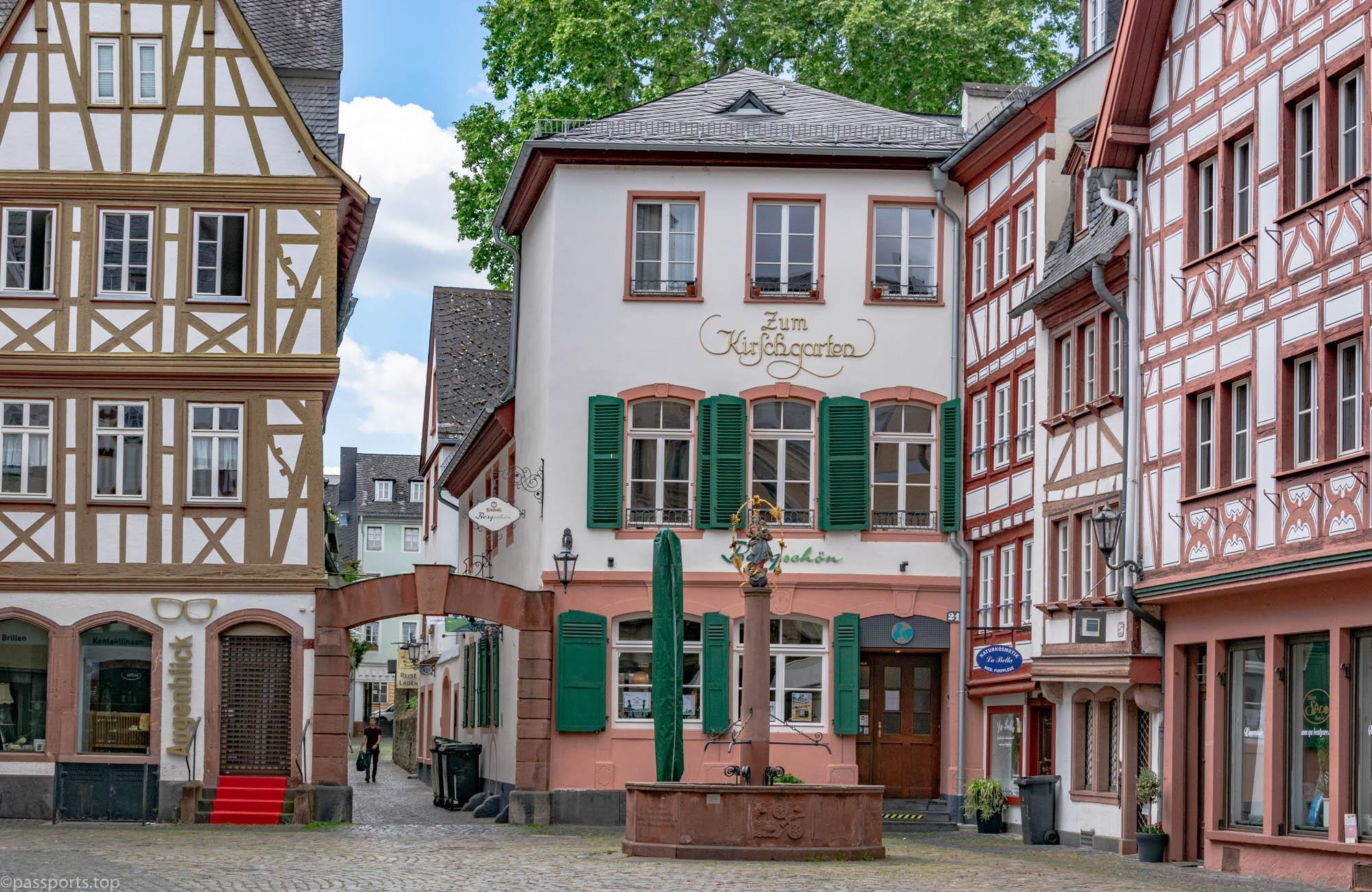
The Kirschgarten (Cherry Garden) is a charming square lined with old houses and a baroque fountain. The market has been in this place since 1329, being one of the most picturesque places in the old city of Mainz. The architecture of the houses in the square comes from the period between the 15th and 18th centuries, built half of wood, half of stone.
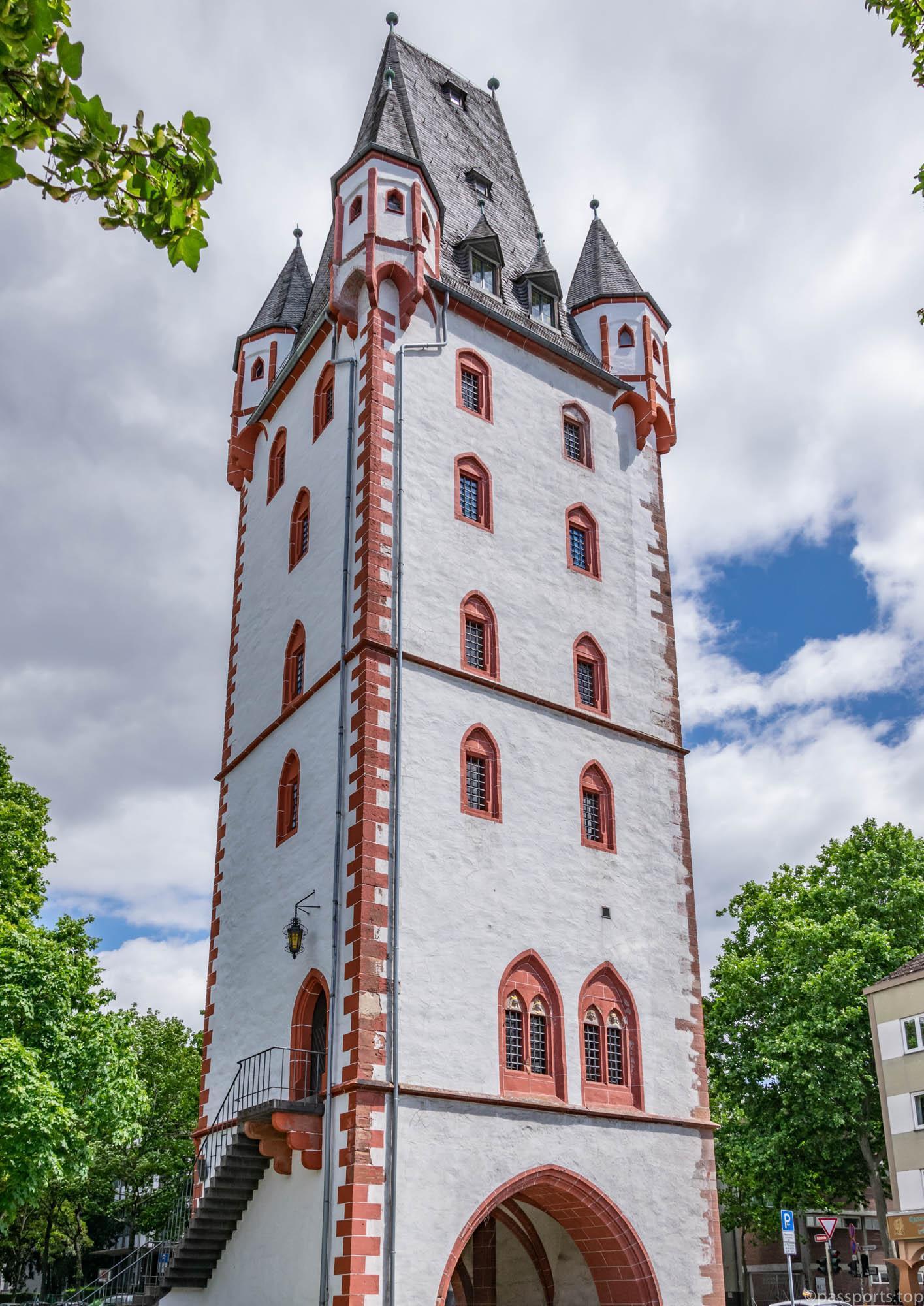
The Holzturm is part of the old city wall and was built in 1400 in the late Gothic style. It was used as a watchtower and prison, along with two other towers (Eisenturm and Alexanderturm). During World War II, the roof of the tower was destroyed and rebuilt in 1961 to mark the 2000th anniversary of the founding of the city of Mainz.
(Mainz – June 2020)

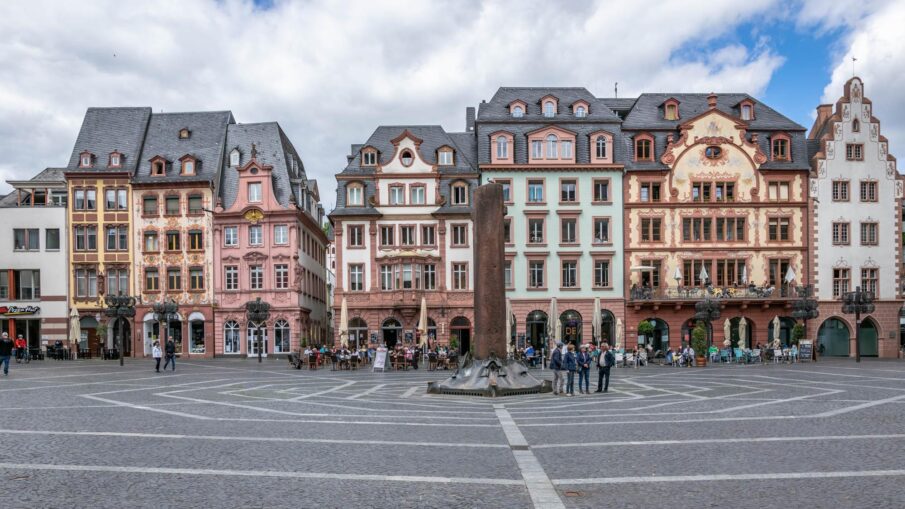
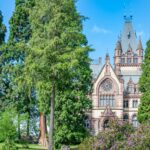


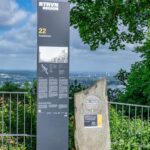


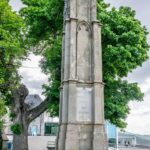



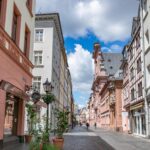
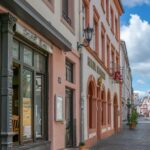
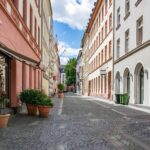
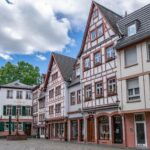
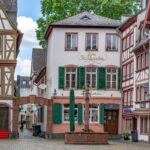
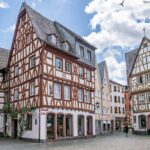
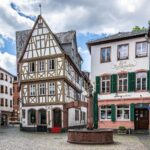
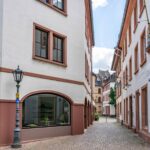
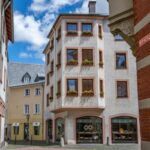
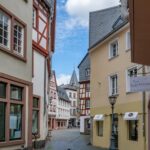
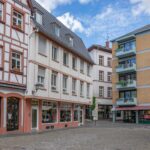
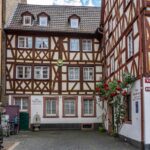
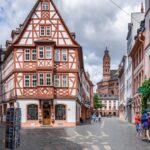
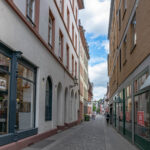
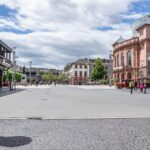
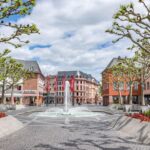
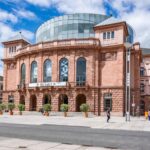
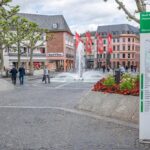
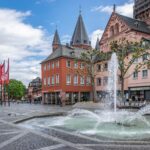
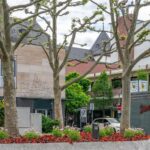
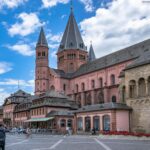
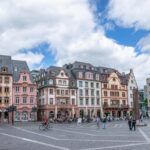
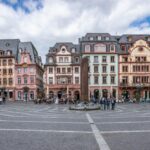
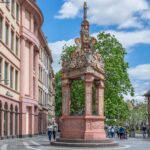
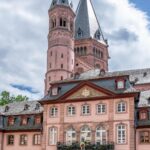

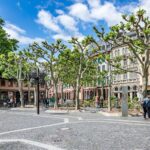
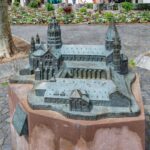
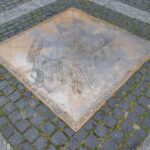
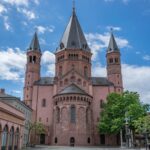
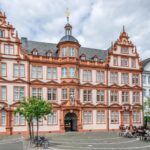
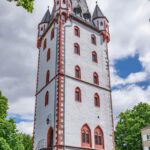
Leave a Reply